CloudOps
SecOps
Reconnaissance for S3 Buckets: Publicly linked S3 buckets are identified using Google Custom Search and Grayhatwarfare. This task, traditionally requiring manual searches and checks, is automated to quickly detect potential exposures, reducing the risk of oversight and enhancing security posture.\n\nReport Generation in Jira: Findings from the reconnaissance are automatically compiled into a report and logged in Jira. This replaces manual report creation, ensuring consistent documentation and faster response times, while freeing up resources for more strategic tasks.\n\nCommunication via Teams: The process updates are communicated through Microsoft Teams, replacing fragmented email chains. This integration ensures that all stakeholders are informed in real-time, improving collaboration and decision-making efficiency.
Google Custom Search: In this use case, Google Custom Search performs targeted searches for publicly linked S3 buckets. It is the primary tool for gathering data on potential exposures, automating what would typically be a manual search process.
Grayhatwarfare: Grayhatwarfare verifies the exposure status of identified S3 buckets. It is critical to confirm whether the buckets are publicly accessible, automate the validation process, and ensure accurate threat detection.
Jira: Jira documents and manages the findings of the reconnaissance process. It automates the creation of detailed reports, providing a structured and efficient way to track security issues and streamline communication with relevant teams.
Microsoft Teams: Microsoft Teams facilitates real-time communication of process updates. It ensures that all stakeholders are promptly informed, enhancing collaboration and decision-making by integrating updates into a familiar communication platform.


















